
The Moon, a celestial body that has captivated humanity for millennia, exerts a profound influence on Earth, affecting everything from the ocean tides to ancient myths and cultural practices. For centuries, various traditions have observed the Moon's rhythmic phases, recognizing that its waxing and waning cycles hold deep connections to change and growth in human life. This extends beyond mere astronomical observation, suggesting a powerful natural rhythm that can guide personal well-being. The consistent observation across diverse beliefs highlights that the Moon serves as a universal guide for cyclical living, offering a natural, accessible rhythm for understanding and navigating life's inherent patterns of change, growth, and release. This perspective frames lunar living as a holistic, integrated approach, rather than a collection of isolated practices.
The Moon is not a static orb; it undergoes a predictable cycle of illumination, and each phase carries a unique energetic signature. Understanding these phases allows individuals to tap into their power and align with the Moon's energy to enhance intentions, spiritual growth, and connection to nature. By recognizing these natural energetic flows, individuals can move from feeling subject to external forces to actively co-creating their reality, fostering a sense of empowerment and control over their personal journey. This guide will unveil both the astronomical and spiritual significance of each of the eight moon phases, offering practical ways to harness their energy for personal growth, manifestation, and a more aligned life.
II. The Moon's Journey: A Quick Astronomical Overview
To truly understand the lunar phases, it is essential to grasp the fundamental science behind them. The Moon does not produce its own light; what observers on Earth perceive as "moonlight" is, in fact, reflected sunlight. As the Moon orbits Earth, our perspective changes, revealing different amounts of its sunlit side. This continuous shift in illumination creates the pattern known as lunar phases, completing a full cycle approximately every 29.5 days. This establishes a clear cause-and-effect relationship: the physical alignment of the Sun, Earth, and Moon directly causes the visual appearance of the phases. For many, this foundational scientific understanding is crucial for grounding subsequent spiritual interpretations, helping to root the "energy" of a phase in a tangible, observable astronomical phenomenon. This blending of scientific fact with spiritual concepts enhances credibility, making the content more accessible and believable for a wider audience by subtly suggesting that spiritual wisdom often mirrors natural laws.
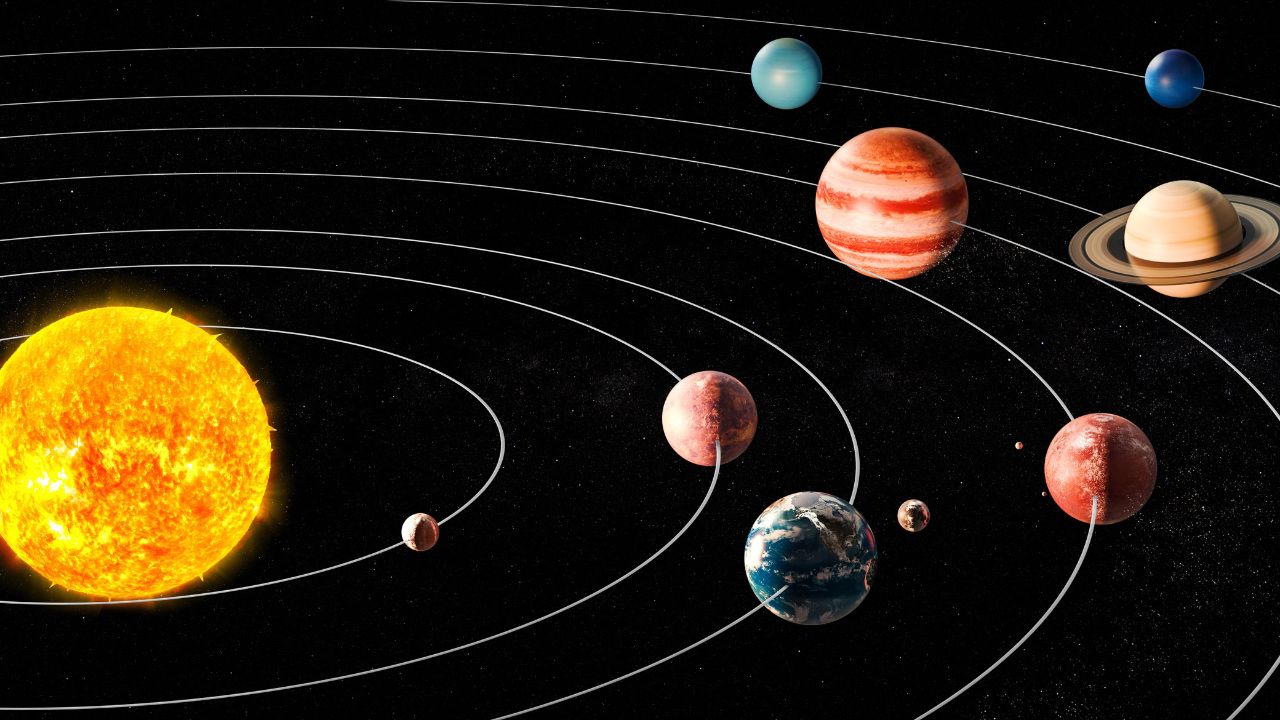
There are eight main lunar phases, which occur in a specific order:
- New Moon: The Moon is invisible from Earth, as its illuminated side faces the Sun and its night side faces Earth.
- Waxing Crescent: A thin sliver of light appears on the right side (in the Northern Hemisphere), gradually growing larger.
- First Quarter Moon: Half of the Moon appears illuminated, with the right side visible from Earth.
- Waxing Gibbous: More than half of the Moon is illuminated, but it is not yet full.
- Full Moon: The entire face of the Moon is fully illuminated, appearing as a bright, complete circle. A full moon typically rises at sunset.
- Waning Gibbous: The illumination begins to decrease, with more than half still visible but shrinking from the right side.
- Last Quarter Moon (or Third Quarter): Half of the Moon is again illuminated, but now the left side is visible from Earth. This phase rises around midnight and sets around noon.
- Waning Crescent: A thin sliver of light remains on the left side, continuing to shrink until the Moon becomes invisible again.
This cycle then repeats, offering a consistent rhythm for observation and personal alignment.
Table 1: The Eight Moon Phases at a Glance
| Moon Phase | Visual Appearance | Core Meaning | Keywords |
|---|---|---|---|
| New Moon | Invisible | New Beginnings | New beginning, potential, clean slate, dreams, introspection |
| Waxing Crescent | Thin sliver growing (right side lit) | Growth, Awakening | Take action, lunar manifestation, energy alignment, creativity |
| First Quarter Moon | Half-lit (right side lit) | Action, Challenges | Overcoming challenges, courage, shadow work, limiting beliefs, crisis in action |
| Waxing Gibbous | More than half-lit, growing | Refinement, Expansion | Mindset shifts, refining goals, lunar wisdom, manifestation, abundance, perfection |
| Full Moon | Fully illuminated | Culmination, Release | Celebrate, release, gratitude, emotional intensity, clarity, forgiveness |
| Waning Gibbous | Less than full but more than half-lit, shrinking | Integration, Sharing | Lunar reflection, share lessons, content creation, self-awareness, contemplation, wisdom |
| Last Quarter Moon | Half-lit (left side lit) | Letting Go, Cleansing | Energetic detox, simplify, clarity, cut cords, emotional healing, re-evaluation, closure |
| Waning Crescent | Thin sliver shrinking (left side lit) | Rest, Renewal | Sacred pause, lunar rest, dreamwork, recharge, preparation, intuitive downloads, self-care |
III. Decoding Each Moon Phase: Meaning, Energy & How to Harness It
This section delves into each of the eight phases, providing a comprehensive understanding of their unique characteristics and practical applications for personal growth and manifestation.
A. New Moon: The Blank Canvas of New Beginnings
The New Moon is the invisible phase of the lunar cycle, occurring when the Moon's illuminated side faces the Sun, and its dark side faces Earth. Symbolically, this lunar alignment creates a "cosmic blank slate," representing a time of profound introspection, new beginnings, and the planting of intentions. It is a period for tapping into pure potential, often associated with increased intuition and inner guidance. The physical darkness of the New Moon, where no light is reflected towards Earth, encourages an inward turning, fostering deep introspection. This allows the "seeds of intention" to be planted in a fertile, undisturbed inner space before they are brought into the light of the waxing phases. This consistent identification of the New Moon as the prime time for setting intentions across various traditions, from Wicca to astrology and general personal growth practices, points to a universally recognized energetic alignment for fresh starts.

How to Use It (Actionable Practices):
The New Moon is the ideal time for setting clear intentions, vision-casting, and meticulous planning for the month ahead.
- Goal Setting & Manifestation: Individuals are encouraged to write down their goals and dreams, visualizing them as if they have already manifested. This practice extends to creating a concrete plan to work towards these aspirations, transforming wishes into actionable steps.
- Journaling: A dedicated lunar journal can serve as a powerful tool to record intentions, track manifestations, and reflect on what truly ignites one's passion and purpose.
- Symbolic Actions: Engaging in activities like starting a garden, planting seeds, or transplanting a houseplant can symbolically establish strong roots for one's intentions, mirroring the growth desired in life.
- Release & Purify: To fully embrace new beginnings, it is beneficial to release any negative emotions or limiting beliefs that may hinder progress, creating a clear space for a fresh start.
- Creative Expression: This phase is conducive to creative endeavors, such as writing poetry focused on desired manifestations or building a personal altar as a focal point for intentions.
B. Waxing Crescent: Nurturing Your Dreams into Being
Following the introspective New Moon, the Waxing Crescent marks the appearance of the first visible sliver of light, symbolizing the awakening of new possibilities and the initial growth of intentions. This phase is characterized by a gentle building of energy, fostering learning and new opportunities, and initiating a shift from deep introspection to gentle outward action. This subtle yet definite shift towards outward action, as the moon gradually increases in visible light, demonstrates a clear, progressive trend. It suggests that sustainable growth requires a measured approach, honoring the natural rhythm of development rather than forcing immediate, forceful leaps.
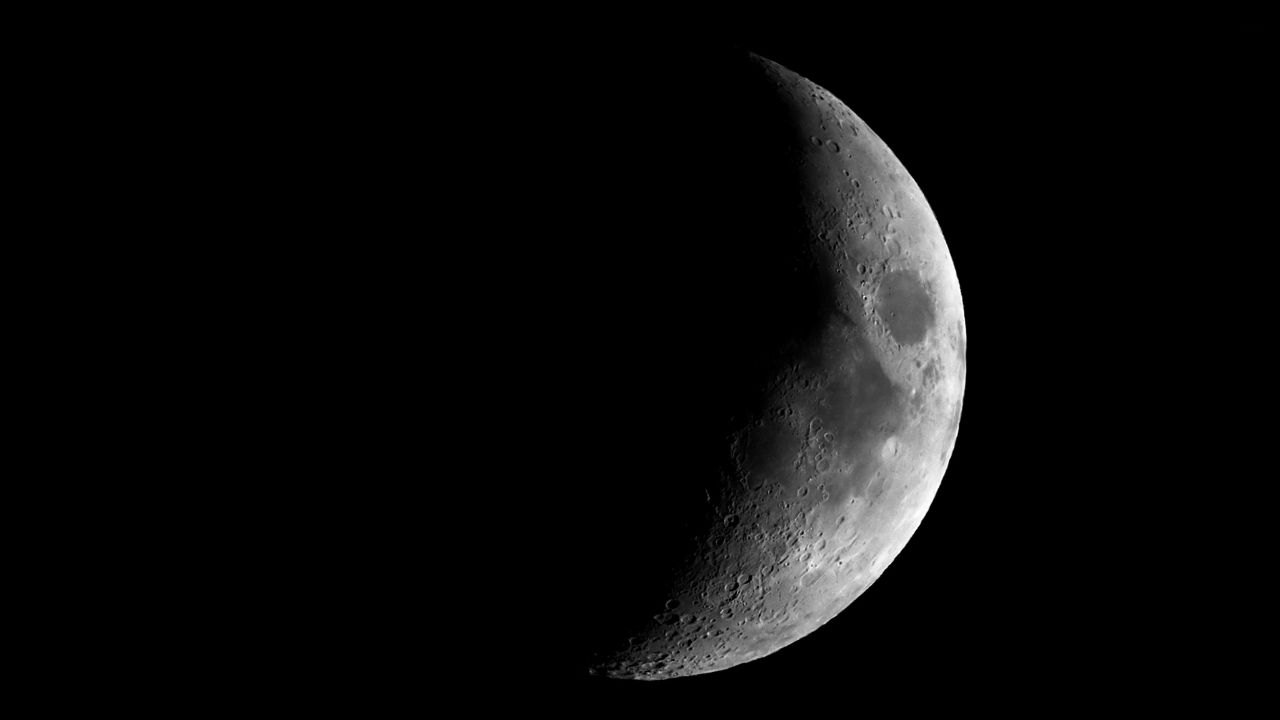
How to Use It (Actionable Practices):
This is the time to take the initial, aligned steps towards your New Moon intentions and nurture your budding projects.
- Taking Aligned Action: Begin to implement your plans with steady, meaningful motion. Even small, consistent actions, such as making a phone call or sending an email, are significant as they signal commitment to the universe.
- Nurturing Self & Creativity: Focus on activities that bring joy and foster well-being, such as journaling, dancing, or walking in nature. This phase is particularly prime for creative endeavors, allowing artists and writers to tap into their imagination and bring new ideas to life.
- Planning & Building: This period is considered the "doing" time, ideal for building upon aspirations and laying the groundwork for projects. It embodies a productive, active energy that supports focused effort.
C. First Quarter Moon: Taking Decisive Action & Overcoming Hurdles
At the First Quarter, the Moon appears half-lit, with the right side illuminated in the Northern Hemisphere. This phase represents a crucial stage of decisive action, momentum, and the confrontation of the first challenges or resistance that may arise on the path to your goals. It is a time for evaluating progress and making necessary course-corrections. The visual of the Moon being "half-lit and half-shadowed" directly correlates with the energetic friction that can emerge during this phase, manifesting as self-doubt, fear, or external obstacles. This astronomical appearance serves as a powerful metaphor for the challenges that naturally arise as intentions move from conception to tangible reality, highlighting that the "crisis in action" is a symbolic consequence of this half-light, half-shadow dynamic.

How to Use It (Actionable Practices):
This phase calls for pushing through obstacles, making necessary adjustments, and recommitting to your chosen path with courage.
- Confront Challenges: Face self-doubt, fear, or external resistance directly. This challenging period is often where significant breakthroughs occur, as it forces a deeper commitment to one's desires.
- Evaluate Progress: Take a moment to assess how far you have progressed and make any necessary changes to your plans to ensure alignment with your aspirations.
- Decisive Action: Be proactive and take responsibility for your journey. This is a period of activation, where choosing courage and perseverance is paramount.
D. Waxing Gibbous: Refinement, Expansion & Preparing for Fullness
The Waxing Gibbous Moon is more than half-lit but not yet fully illuminated. This phase is characterized by expansion, abundance, and the critical process of fine-tuning plans and strategies. It represents a period of manifestation, increased energy, and meticulous preparation for the culmination of the Full Moon. This phase marks a clear energetic shift from mere growth to optimization. It is no longer solely about building, but about perfecting what has been initiated, ensuring it is ready for its full expression. This pattern suggests that natural processes involve a strategic period of fine-tuning before reaching a peak, preventing rushed or incomplete outcomes.
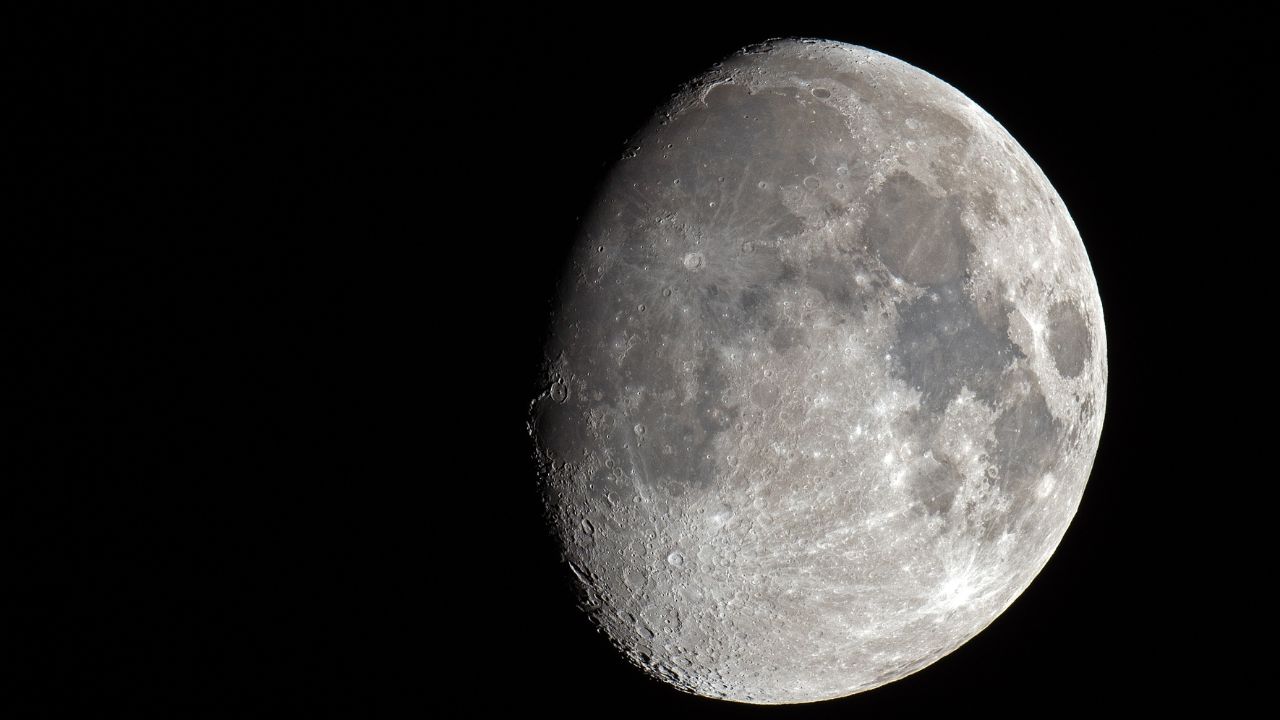
How to Use It (Actionable Practices):
This is an opportune time to adjust strategies, create space for new developments, and perfect your approach.
- Refinement & Adjustment: Review your progress and make necessary tweaks to your plans to ensure they align with your ultimate goals. Flexibility is key during this period, as adjustments may be required to maintain progress.
- Create Space: Assess what you envision for your life and engage in activities like decluttering your physical space or writing down new goals to make room for desired growth and abundance.
- Introspection & Intuition: Connect with your inner strength and intuition to move forward with purpose and direction. This phase encourages a deeper understanding and outlook, guiding thoughtful execution of plans.
E. Full Moon: Illumination, Release & Grand Celebration
The Full Moon, appearing fully illuminated, marks the pinnacle of the lunar cycle. This is a time of culmination, heightened emotions, clarity, and peak energy. What was initiated at the New Moon often comes into full view during this phase, frequently bringing manifestations to fruition. However, alongside this culmination, a significant and equally powerful theme is that of release. True culmination often necessitates shedding what no longer serves to fully embrace what has manifested or to create space for the next cycle. The heightened energy of the Full Moon makes this release particularly potent and effective, suggesting that peak moments are also ideal for clearing.
The Full Moon is known for amplifying emotions, making individuals prone to feeling overwhelmed, anxious, or irritable. This amplification implies that the Full Moon acts as a powerful mirror, bringing suppressed emotional states to the surface. Therefore, this phase necessitates conscious emotional processing, self-awareness, and intentional release practices to navigate its intense energy constructively and transform potential friction into clarity.

How to Use It (Actionable Practices):
This is a powerful time to celebrate achievements, release what no longer serves, and practice profound gratitude.
- Release & Forgive: Actively let go of negative thoughts, emotions, limiting beliefs, and anything that no longer contributes to your well-being. A common practice involves writing down what you wish to release and safely burning the list to symbolize letting go.
- Celebrate & Express Gratitude: Acknowledge and appreciate all accomplishments, no matter how small, and express thanks for what the universe has provided since the last New Moon. The Full Moon amplifies gratitude, accelerating the manifestation process.
- Rituals & Manifestation: Engage in rituals, such as charging crystals under the moonlight, or express yourself creatively through dance, art, or meditation to harness the Moon's potent energy.
F. Waning Gibbous: Integration, Reflection & Sharing Wisdom
As the Full Moon begins to recede, the Waning Gibbous phase appears, with the Moon still more than half-lit but visibly shrinking. This phase marks a significant shift inward, moving from outward culmination to a period of introspection, integrating lessons learned, and sharing accumulated wisdom. It is a time for deep self-awareness and contemplating one's goals and dreams with a reflective lens. This consistent emphasis on processing and internalizing experiences highlights the natural human need for a period of assimilation after intense activity or manifestation, which is crucial for true personal growth.
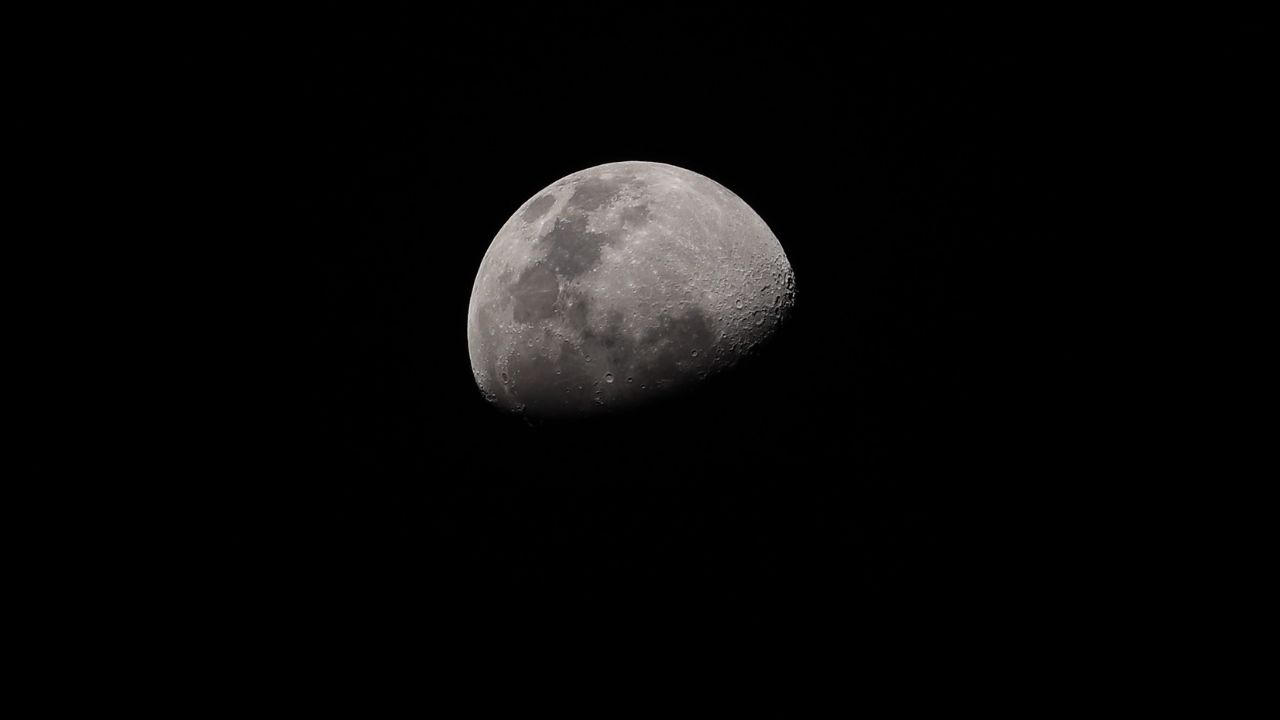
How to Use It (Actionable Practices):
This phase encourages reflection on your journey, integration of new insights, and sharing your knowledge with others.
- Contemplation & Meditation: Be mindful of the emotions that arise during this period, using them as a tool for deeper self-understanding. This time can also be used for divination and connecting with intuition.
- Journaling & Integration: Reflect on what you have learned throughout the moon cycle and consider how these lessons can benefit others. This is a powerful time for processing and integrating experiences, solidifying personal growth.
- Sharing Wisdom: For content creators, coaches, or mentors, the Waning Gibbous energy is ideal for teaching, mentoring, and connecting with an audience, disseminating knowledge and insights.
- Release Old Habits: This phase also supports efforts to identify and work towards eliminating bad habits and negative thinking patterns.
G. Last Quarter Moon: Releasing & Clearing for Renewal
The Last Quarter Moon, also known as the Third Quarter Moon, appears half-lit once more, but now the left side is illuminated (in the Northern Hemisphere). This visual reversal, compared to the First Quarter, directly correlates with a shift in energetic focus. While the First Quarter is about confronting resistance to build, the Last Quarter is about actively releasing and cutting ties to clear for the new. This phase is a powerful time for letting go, finding closure, and actively cleansing what no longer serves you, thereby preparing for renewal. Across various sources, the emphasis is on the active, often challenging, process of shedding. This highlights that simply "moving on" is often insufficient; intentional release is crucial. Without this conscious "decluttering" phase, individuals risk carrying old baggage into new cycles, hindering future growth and manifestation, underscoring the importance of cyclical cleansing for sustained well-being.
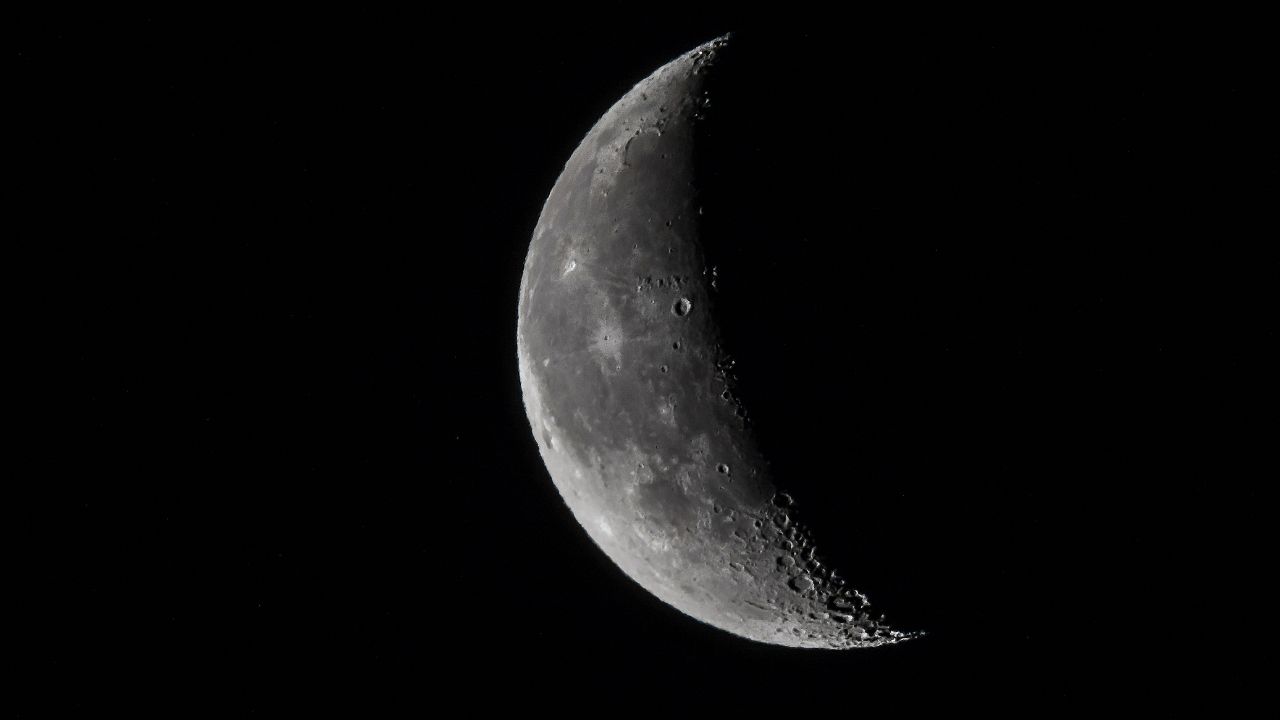
How to Use It (Actionable Practices):
This is a critical time to actively declutter, release old beliefs, and set clear boundaries.
- Energetic Detox: Cleanse your physical space, mind, and energy. This includes releasing distractions, chaos, and relationships that no longer serve your highest good. Practices like "unfollowing, unsubscribing, and unclinching" are encouraged to simplify and gain clarity.
- Emotional Healing: Focus on letting go of emotional residue and finding closure. This may involve forgiving others, situations, or oneself, fostering a sense of lightness and liberation.
- Re-evaluation: Reflect on your progress and re-evaluate what needs to be released or retained before the beginning of the next lunar cycle. This helps make way for the new and ensures alignment with evolving goals.
H. Waning Crescent: Rest, Rejuvenation & Intuitive Downloads
The Waning Crescent is the final thin sliver of light visible before the New Moon, marking the deepest part of the waning cycle. This phase is a time for profound rest, reflection, and preparation for the next cycle. It is often described as a "spiritual cocoon" rich with intuitive insights and clarity. The consistent framing of this phase as a time for "rest," "recharge," and "reflection" across multiple sources emphasizes that it is not about inactivity, but about active, intentional rest. This intentional replenishment is vital for preventing burnout and ensuring that individuals are energetically prepared for the next cycle of creation. This highlights the cyclical nature of energy, where periods of outward activity must be balanced with periods of inward replenishment for sustained well-being and productivity.

How to Use It (Actionable Practices):
During the Waning Crescent, prioritize self-care, engage in dreamwork, and listen deeply to your intuition.
- Deep Rest & Recharge: Allow yourself to slow down and prioritize rest, including naps and meditation. This is considered an "energetic exhale," crucial for gathering energy for what is to come.
- Dreamwork & Intuition: This phase is particularly potent for intuitive downloads and gaining clarity. Paying attention to dreams and inner guidance can yield significant insights.
- Self-Care: Nurture your inner world through gentle activities, reflection, and mindful routines.
- Preparation: Reflect on the lessons learned throughout the preceding lunar cycle and align yourself for the fresh start of the upcoming New Moon. This involves letting go of any remaining baggage to ensure a clean slate.
Table 2: Lunar Living: Rituals & Activities by Phase
| Moon Phase | Key Intention/Focus | Recommended Activities |
|---|---|---|
| New Moon | Setting Intentions | Journaling goals, vision-casting, planting seeds/gardening, releasing limiting beliefs, building an altar, creating manifestation collages, writing poetry focused on desires |
| Waxing Crescent | Nurturing Dreams | Taking small, purposeful steps towards goals, engaging in creative projects (writing, art), journaling, dancing, walking in nature, nurturing self |
| First Quarter Moon | Overcoming Obstacles | Confronting fears, evaluating progress, making course-corrections, recommitting to goals, taking decisive action, practicing perseverance |
| Waxing Gibbous | Refining Plans | Adjusting strategies, assessing goals, decluttering space, writing down new goals, connecting with intuition, introspection, preparing for culmination |
| Full Moon | Releasing & Celebrating | Burning release lists, practicing gratitude, celebrating accomplishments, full moon rituals, charging crystals, creative expression (dance, art), meditation |
| Waning Gibbous | Integrating Lessons | Deep reflection, contemplation, meditation on goals, journaling insights, sharing wisdom/lessons with others, working on releasing bad habits |
| Last Quarter Moon | Clearing & Detoxing | Energetic detox, decluttering physical/mental space, emotional healing, setting boundaries, forgiving others/self, re-evaluating what to release |
| Waning Crescent | Resting & Recharging | Prioritizing deep rest, naps, meditation, dreamwork, listening to intuition, gentle self-care, reflecting on lessons learned, preparing for new cycle |
IV. Integrating Lunar Wisdom into Your Daily Life: Practical Tips
Embracing lunar living is about flowing with natural rhythms rather than adhering to rigid rules. It offers a flexible framework for personal growth and intentional living. The consistent recommendation across various sources to use modern digital tools and structured personal practices, such as moon calendars, apps, and lunar journals, highlights a significant trend: the integration of contemporary accessibility with ancient spiritual traditions. This suggests that technology can facilitate, rather than detract from, a deeper connection to natural rhythms, making lunar living more achievable for busy individuals.
To effectively integrate lunar wisdom, consider the following practical tips:
- Use a Moon Calendar or App: Keeping a lunar calendar or a moon phase app handy allows individuals to easily track the current phase, enabling them to align their activities and rituals accordingly. Many apps can even provide notifications for key moon phases.
- Keep a Lunar Journal: Dedicate a specific journal to recording intentions, reflections, and rituals during each moon phase. Over time, this practice helps individuals observe patterns in their energy and emotions, leading to deeper self-awareness and clarity.
- Create a Sacred Space or Altar: Designating a physical focal point, such as an altar or a quiet corner in the home, can enhance the energy of personal rituals and intentions. This space serves as a dedicated area for reflection, meditation, and ritual practice.
- Incorporate Crystals and Tools: Enhance your connection to lunar energy by working with moon-related crystals like moonstone, selenite, or labradorite. Additionally, candles, incense, and other meaningful items can create an appropriate atmosphere for moon phase rituals, acting as psychological anchors that help externalize abstract intentions or internal emotional releases, making them more tangible and impactful.
- Connect with Nature: Deepen your connection to the natural world by observing the Moon directly, spending time outdoors, or engaging in grounding activities like gardening ("dirt work"). The Moon's phases serve as a constant reminder of the cycles within nature and within oneself, fostering a more grounded spiritual practice.
- Develop a Mindful Routine: Tracking the Moon provides structure and rhythm to spiritual practices, encouraging mindfulness and consistency through regular self-check-ins and engagement with the lunar cycle. This consistent engagement helps cultivate a more balanced and intentional approach to daily life.
The principle of aligning with natural rhythms for optimal outcomes, as seen in the context of website building and user engagement, applies universally to personal growth. By understanding and working with these natural flows, individuals can enhance their overall well-being and effectiveness.
V. Conclusion: Embracing Your Inner Rhythm with the Moon
The Moon's cyclical journey offers a profound framework for personal growth and intentional living. By understanding and aligning with each of its eight distinct phases, individuals can gain clarity, purpose, and direction in their lives, fostering continuous personal growth and healing. This comprehensive approach, moving from setting intentions with the New Moon, to taking action in the waxing phases, celebrating and releasing under the Full Moon, and finally integrating lessons and resting during the waning phases, forms a complete, self-sustaining framework for personal evolution. The true power lies in the cyclical application of these principles, which can lead to an "effortless flow" and sustainable well-being, preventing burnout and fostering continuous evolution.
This journey of lunar living is deeply personal. Individuals are encouraged to explore the practices associated with each phase and discover what resonates most deeply with their unique path. By creating sacredness in one's own way and consciously engaging with the Moon's rhythms, a deeper connection to nature and self can be cultivated. Ultimately, embracing the lunar dance allows one to harmonize with their inner rhythm, embarking on an ongoing journey of self-discovery guided by the universe's most accessible lunar companion.